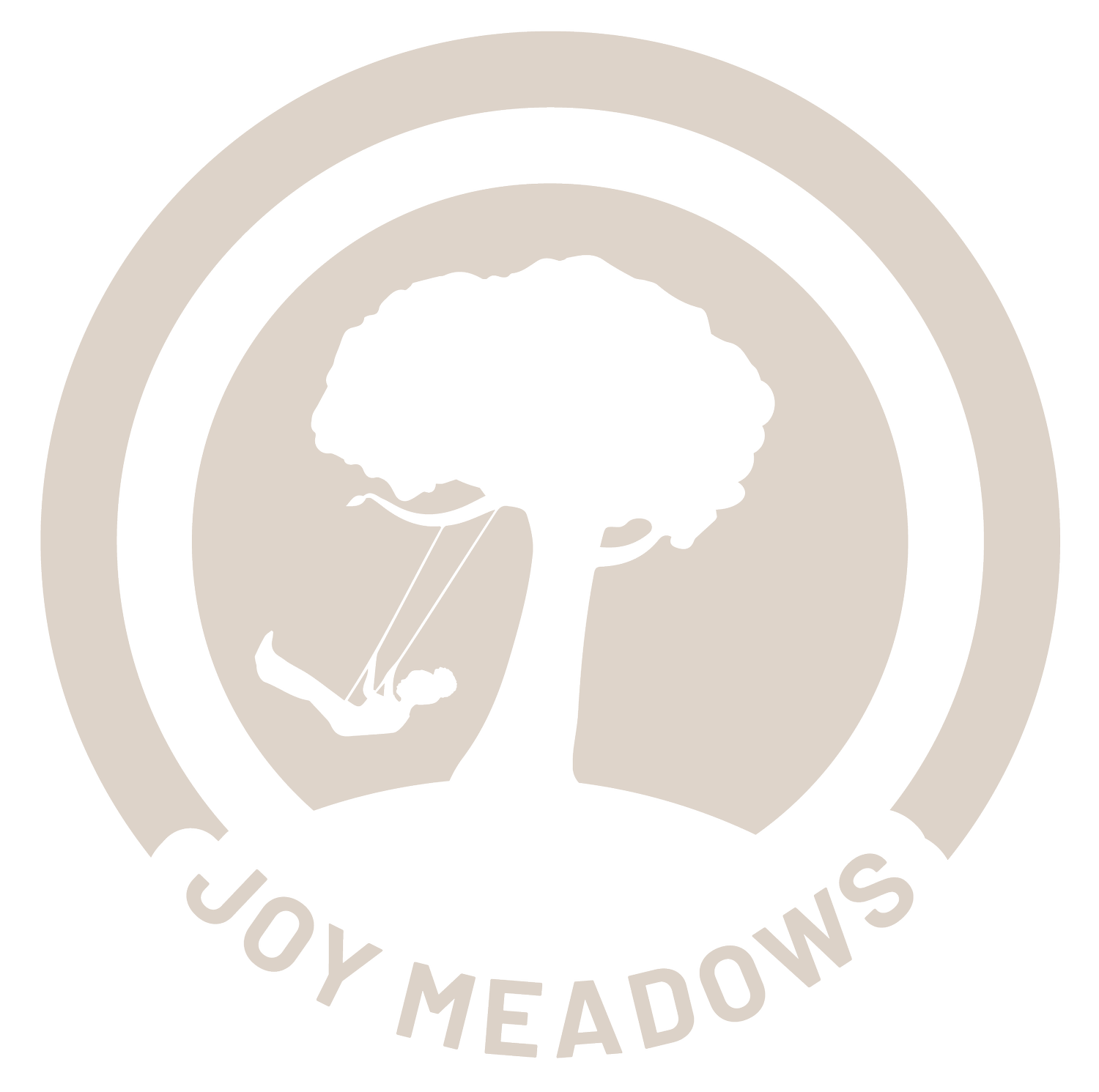The Mission of Joy Meadows: What we do
There are currently over 6,850 children in foster care in the State of Kansas.
That number is rising.
At the same time, the number of foster homes is decreasing due to burnout. Foster children often experience multiple moves between families, causing further trauma to their fragile lives.
We can do better.
It is the mission of Joy Meadows to provide families with community support, housing, and resources so that children impacted by foster care can find stability, healing, and joy.
Joy Meadows seeks to transform the foster care system by increasing the capacity of foster homes so there are more available homes for more children while retaining and supporting experienced foster parents and providing excellent care and services to children in foster care.
Joy Meadows serves as an access point for all those involved in the system—the state foster care system, the private contracting agencies, therapists, volunteers at large, foster families, and foster children—to network in a way that helps children more effectively and alleviates the burden from any one entity.
We want to utilize a child’s time in foster care so it can be used for healing rather than simply as a holding pattern.
Our model allows for high impact and low overhead. We give people a place to serve those in the foster system by using their unique talents and skills. We give therapists a way to reduce overhead so they can bring cutting-edge treatment to children impacted by foster care. We help families find access to resources needed and provide extra support so they can, in turn, pour into the children in their homes from a place of abundance rather than exhaustion. We work within the existing framework of the Department of Children and Families and child-placing agencies to help fill in the gaps.
Everything we do at Joy Meadows is essential to fulfilling our mission and falls into our three main objectives:
HOUSING PROGRAM
The Housing Program involves the development, construction, and maintenance of a neighborhood of homes on the Joy Meadows’ property suitable for single-families housing a large number of children. Homes are provided to skilled, high-capacity foster families to increase housing capabilities for foster children, with an emphasis on placing siblings together. There is currently one existing home, and three new homes are under construction to be completed in the fall of 2022. (See the infographic below on the Housing Program Model).RESOURCE PROGRAM
The Resource Program involves meeting the needs of both foster parents and foster children by providing access to things such as therapy, extra-curricular activities, mentors, and social engagement with a goal of increasing stability of placement and earlier access to needed services. This is done in a wide variety of ways on the Joy Meadows property, from a therapy clinic, clothing closet, barn, art studio, orchard, garden, monthly social events, and training. The Resource Programs are available to any foster and adoptive families regardless of location or agency affiliation. We utilize a Nature-Based model for activities taking place on the property and believe that exposure to the outdoors, animals, and new experiences can help bring a child to a place of healing and joy.COMMUNITY SUPPORT PROGRAM
The Community Support Program involves partnering with child-placing agencies, private organizations, and faith communities. The primary means is through the Joy Meadows Church Network program, which trains faith communities to bring wrap-around, sustainable, systematic support to foster families. This is a proven program that increases the retention of foster families. We partner with Promise 686 as the regional facilitator of their proven model and platform for sustainable foster ministry. A future goal is to expand the model of the Joy Meadows Church Network care communities to support biological families after reintegration with their children.


